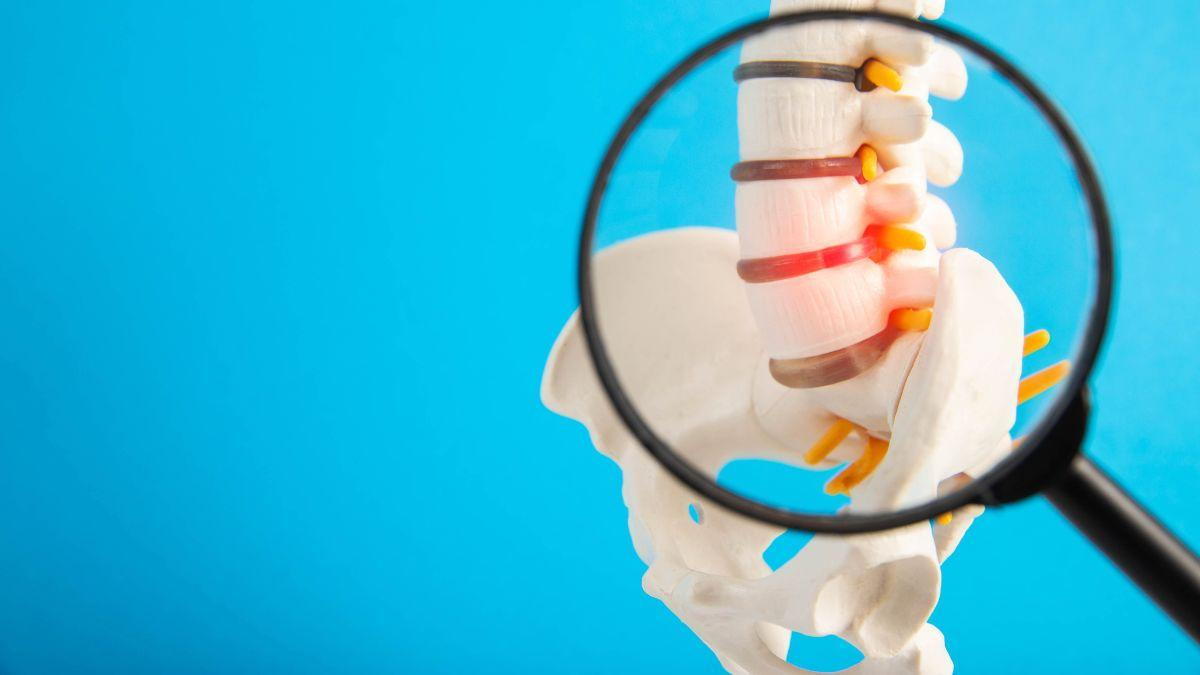
Spondylolisthesis is a common spinal condition that affects the vertebrae and can cause debilitating pain for patients. This condition occurs when one vertebra slips forward over another, causing pressure and discomfort on the nerves and surrounding structures. As doctors and healthcare organizations, you want to provide your patients with the best treatment options available. In this blog, we will discuss the differences between decompression and fusion for spondylolisthesis so that you can make an informed decision on which treatment to offer your patients.
Decompression Therapy for Spondylolisthesis
Decompression therapy has become increasingly popular as a non-surgical treatment option for spondylolisthesis in recent years. This treatment involves using a specialized machine to gently stretch and decompress the spine. By doing so, it relieves pressure on the nerves and restores proper alignment of the vertebrae. The use of the spinal decompression device has shown promising results in reducing pain and improving function for patients with spondylolisthesis. And this isn't just the only condition it can treat; it also helps with herniated discs, sciatica, spinal stenosis, neck pain, lower back pain, etc.
Read more: Is Spinal Decompression Good for Spondylolisthesis?
Fusion Surgery for Spondylolisthesis
Fusion surgery is a more invasive treatment option for spondylolisthesis. It involves fusing two or more vertebrae together to stabilize the spine and reduce pressure on the nerves. While this procedure can effectively address the structural issues caused by spondylolisthesis, it may also result in limited flexibility and range of motion for patients. The recovery period for spinal fusion surgery can also be lengthy and may require physical therapy to restore strength and mobility.
Why Choose an Antalgic-Trak Spinal Decompression Machine?
Both decompression therapy and fusion surgery have their pros and cons when it comes to treating spondylolisthesis. However, as doctors and healthcare organizations, your primary concern is providing the best possible care for your patients. This is where the Antalgic-Trak spinal decompression machine stands out.
With its patented spinal power traction system and multi-postural and positioning features, the Antalgic-Trak allows for a more targeted and customized treatment approach. This means better results for your patients and higher patient satisfaction. The device also offers an easy-to-use touchscreen interface and comfortable treatment postures, making it a top-rated choice for spinal decompression therapy.
And while there are many other alternative treatment options available, like spinal decompression therapy vs. inversion tables, it is important to choose a device that has been proven to provide consistent and effective results. This way, you can ensure that your patients are receiving the best possible care and clinical outcome.
In Conclusion
Both decompression therapy and fusion surgery have their place in treating spondylolisthesis. However, as doctors and healthcare organizations, it is important to consider the potential risks and benefits for your patients. With the advanced features and proven results of the Antalgic-Trak spinal decompression machine, you can confidently offer a non-invasive and highly effective treatment option for your patients with spondylolisthesis and other spinal conditions. Remember that no two patients are alike, and each one deserves personalized care and the best treatment options available. Contact us today to learn more about our revolutionary spinal decompression machine and how it can benefit your practice and patients.
